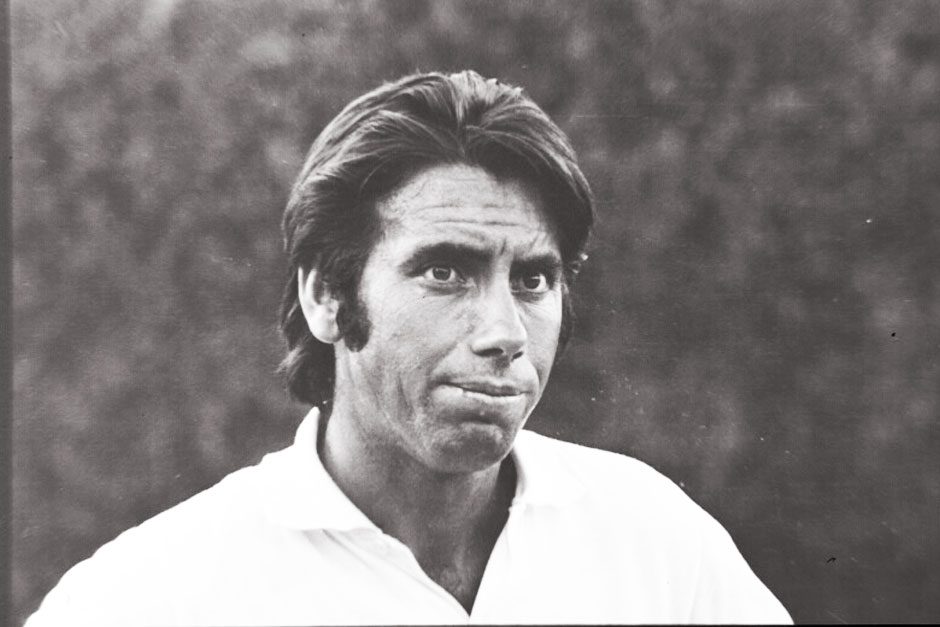Italy and Spain began their 1973 Davis Cup campaigns with a shot at going deep. The two Mediterranean strongholds could line up with quality pairs of singles players, even if neither one boasted a world-beating star like Romania’s Ilie Năstase or the USA’s Stan Smith.
Back in May, the Italian duo of Adriano Panatta and Paolo Bertolucci steamrolled Bulgaria, dropping just one set in five matches. The same weekend, Spanish stalwarts Manuel Orantes and Andrés Gimeno overcame Sweden. While the result looked close on paper–the Swedes won two of five rubbers–Orantes set the tone with a 6-1, 6-2, 6-1 drubbing of Björn Borg in the first match.
Those two victories set up Italy and Spain for a semi-final clash. But when the sides met in Turin, beginning on July 20th, Panatta and Bertolucci were missing. Orantes and Gimeno were out of action, as well.
The roster shuffles could be traced back to another Davis Cup tie that took place during that weekend in May. Niki Pilić didn’t make himself available for Yugoslavia, and six weeks of maneuvering later, scores of top men boycotted Wimbledon. Some national federations threatened to retaliate, but most settled on inaction. The newly-united players could make or break tournaments, so there was no use poking the bear any further.
The federations in Spain and Italy, however, insisted on one last flex. During the first week of Wimbledon, the Italians announced that Panatta and Bertolucci–who took part in the ATP boycott–would be suspended for three months. That took them out of the Davis Cup tie and effectively handed the semi-final to Spain.
Except Spain responded with a footgun of their own. The Spaniards suspended Orantes, Gimeno, and Antonio Muñoz for “disobedience of the norms dictated by this federation.” Everybody knew what that meant.
Less clear was who, exactly, would contest that European Zone semi-final. The answers would have been comical had the stakes not been so high.
Suiting up for Spain was 36-year-old Manolo Santana, a former Wimbledon champion who had barely competed in three years. He faced Italy’s second-stringer, 20-year-old Corrado Barazzutti. Barazzutti had a promising career ahead of him, but he had yet to demonstrate much of that potential. He came into the tie on a four-match losing streak and still sought his first quarter-final at a top-level event. Santana, though, was a shadow of his former self. The youngster came out on top in four sets.
The second tie was even more anonymous. Antonio Zugarelli, a 23-year-old Italian best known for upsetting Tom Gorman a month earlier in Rome, took on the 20-year-old Spaniard Jose Higueras. Higueras, even more than Barazzutti, was a prospect to watch. But he had far less experience, especially outside of his native country. Zugarelli took advantage of the novice to give Italy a straight-set victory and a 2-0 lead.
There was no way back for Spain’s ragtag squad. Higueras teamed with Juan Gisbert to grab the doubles rubber, but he lost another straight-setter to Barazzutti on the final day of the series. Italy’s replacement players handily outplayed their Spanish counterparts.
The irony of Italy’s victory is that they would be so much weaker in the next round, the European Zone final. The Spanish federation had suspended its ATP members for a month–just enough for the one Davis Cup tie. The Italian federation had punished Panatta and Bertolucci by keeping them out for three–so long that they wouldn’t be eligible for the final, either.
Barazzutti and Zugarelli, the unlikely heroes of Turin, would have their work cut out for them.
* * *
This post is part of my series about the 1973 season, Battles, Boycotts, and Breakouts. Keep up with the project by checking the TennisAbstract.com front page, which shows an up-to-date Table of Contents after I post each installment.
You can also subscribe to the blog to receive each new post by email:
